| Structure | Name/CAS No. | Articles |
|---|---|---|
 |
DPPH
CAS:1898-66-4 |
|
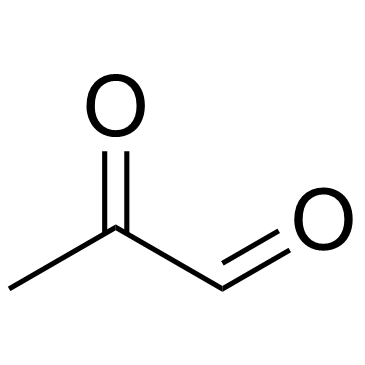 |
Methylglyoxal
CAS:78-98-8 |
|
 |
Gallic acid
CAS:149-91-7 |
|
 |
o-Phenylenediamine
CAS:95-54-5 |
|
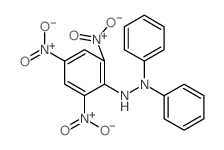 |
1,1-DIPHENYL-2-PICRYLHYDRAZINE
CAS:1707-75-1 |
|
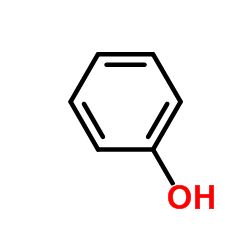 |
Phenol
CAS:108-95-2 |
|
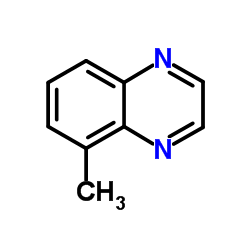 |
5-Methylquinoxaline
CAS:13708-12-8 |
|
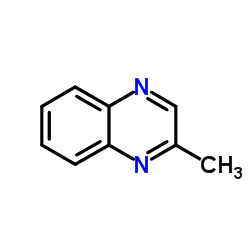 |
2-Methylquinoxaline
CAS:7251-61-8 |